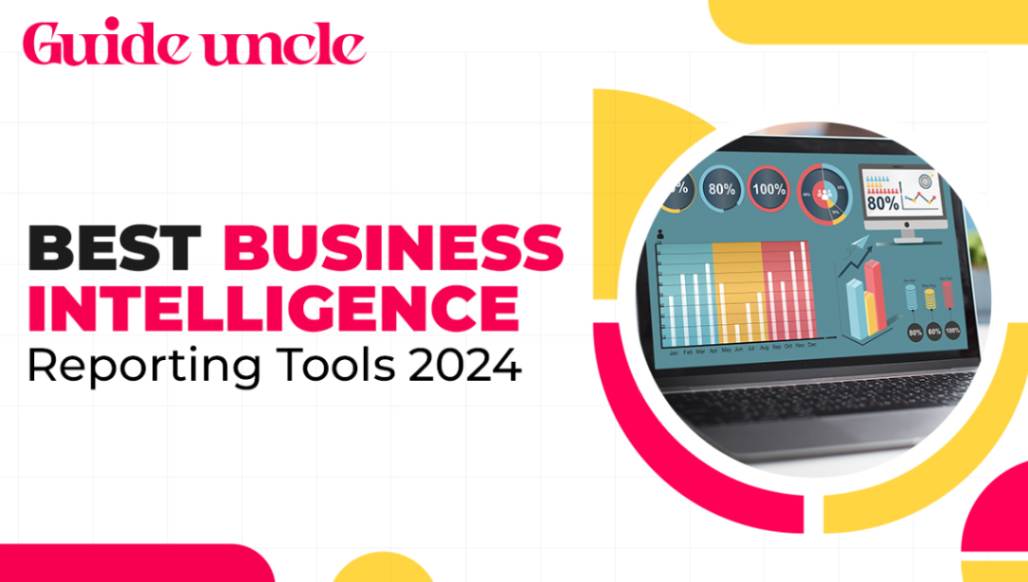
AI in Transportation is the Future of Logistics
The world is changing fast. AI in transportation is part of that change. Smarter traffic, safer cars, faster delivery. AI in transportation is not just talk, it is already here. Roads, buses, even trains use it. The truth is, AI in transportation saves time, saves fuel, and can save lives.
Smarter Roads
Traffic is messy. Lights work on timers, not on real flow. Intelligent traffic systems change that. Cameras, sensors, data. The lights adjust to real conditions. Less waiting, less honking, less wasted fuel.
This is part of smart transportation systems. Cars, buses, trains, all connected. The idea is smooth flow for everyone, not just one driver.
Cars that Drive Themselves
The big dream is autonomous vehicles. Cars that drive without human hands. They use maps, GPS, cameras, radar. Together, it is called sensor fusion technology. All the signals mix to give one clear picture of the road.
Then comes machine learning for object detection. The car sees people, cycles, dogs, trucks. It learns more every time it drives. The more it learns, the safer it gets.
Cars Talking to Each Other
Another step is vehicle to vehicle communication. Cars share data. Speed, direction, sudden brakes. One car warns another before trouble. This stops accidents before they happen.
Add the internet of things in transportation. Streetlights, signals, parking spots, buses. All talking, all sharing. Imagine your car knows the empty parking spot before you even get there. That is the goal.
Public Transport
Buses and trains often run fixed schedules. Crowds change, but the schedule does not. AI can fix this. Systems can predict demand, adjust routes, prevent delays.
For passengers, it means less waiting. For cities, it means money saved. For everyone, it means smoother travel.
Moving Goods with AI
Not just people, but goods too. Trucks use AI to find the best route. Shipping companies use it to predict delays. Warehouses track stock, order what is needed, cut waste.
This makes delivery faster and cheaper. Online shopping depends on this. Without AI, the system would collapse under the demand.
Cleaner Travel
AI helps with environment friendly transportation. Smarter routes mean less fuel burned. Electric cars charge at the right times, when energy is cheap and clean. Cities can plan zones with less pollution, guided by AI.
This is good for people, and good for the planet.
The Bigger Picture of AI
All this is part of the future of transportation. Roads with no traffic lights. Cars that drive alone. Buses that change routes on the fly. Fewer jams, fewer crashes, cleaner air.
It sounds far, but many parts are already here.
The Hard Parts
AI is not magic. Problems exist. Bad weather, poor road marks, chaotic traffic, these confuse systems. Safety is still questioned. If an autonomous car crashes, who is guilty, the owner or the maker?
Then privacy. Cars and roads collect data. Hackers could attack. Without strong systems, that is a risk.
Final Word
The change is happening. From autonomous vehicles with sensor fusion technology and machine learning for object detection, to intelligent traffic systems inside smart transportation systems, AI is everywhere. Add the internet of things in transportation and vehicle to vehicle communication, and the network grows stronger.
The result is safer, faster, cleaner, more environment friendly transportation. All leading toward the future of transportation.
The journey is not done. Problems remain. But one thing is clear. AI is no longer an idea, it is the driver of modern travel.







